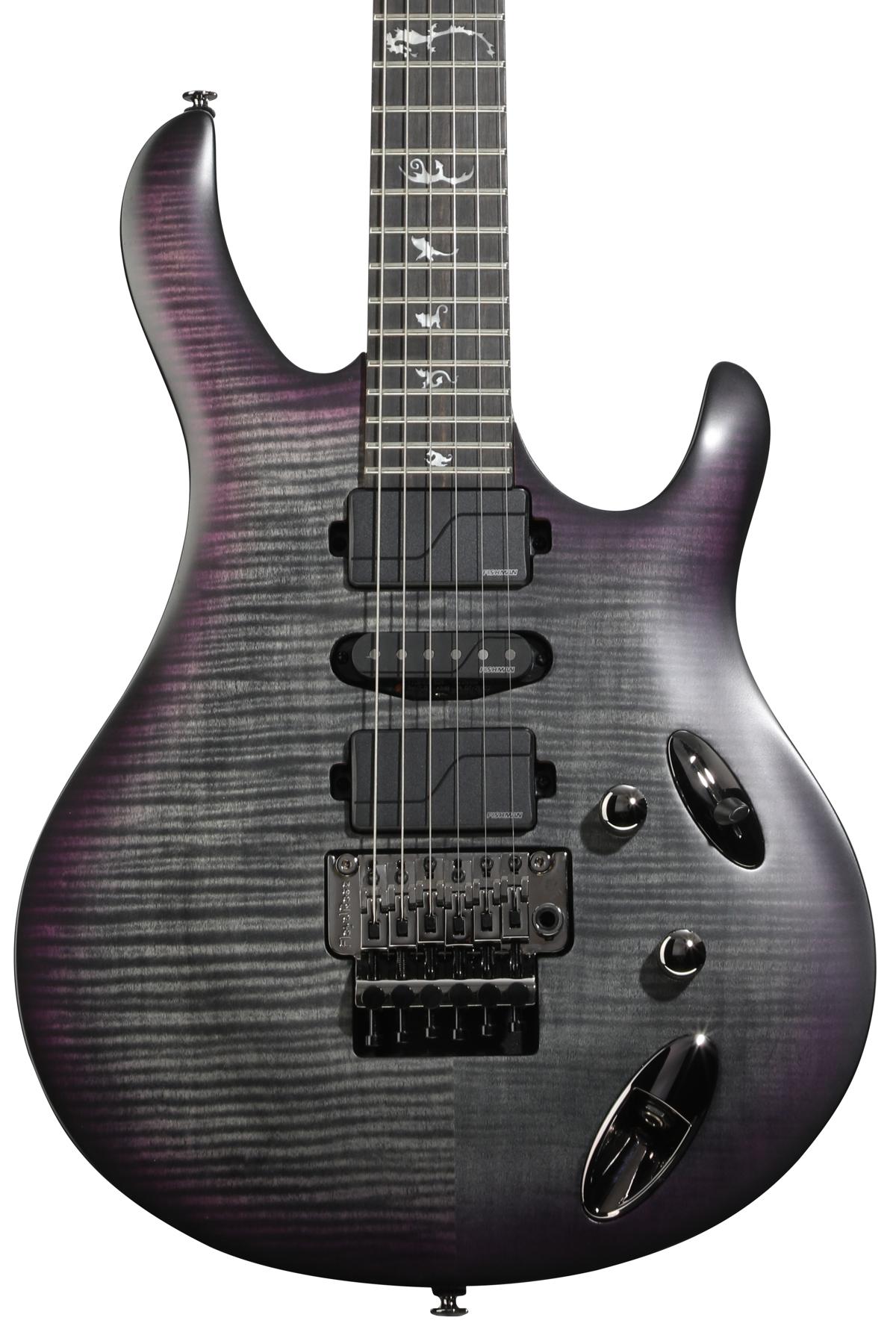Before his last show of 2017, Devin Townsend met with Premier Guitar’s John Bohlinger backstage at Nashville’s Marathon Music Works to go through his live setup. For a guy known for layering textures of tones and effects, Townsend’s signal path is surprisingly streamlined.





Click to subscribe to our weekly Rig Rundown podcast:













![Rig Rundown: Russian Circles’ Mike Sullivan [2025]](https://www.premierguitar.com/media-library/youtube.jpg?id=62303631&width=1245&height=700&quality=70&coordinates=0%2C0%2C0%2C0)


























